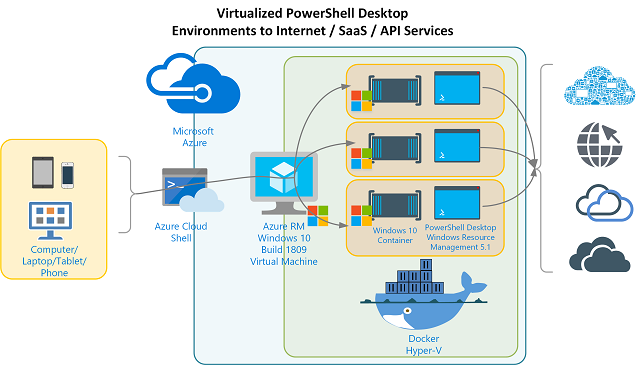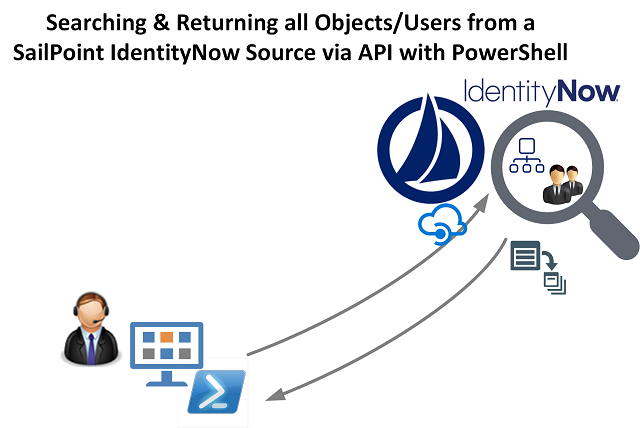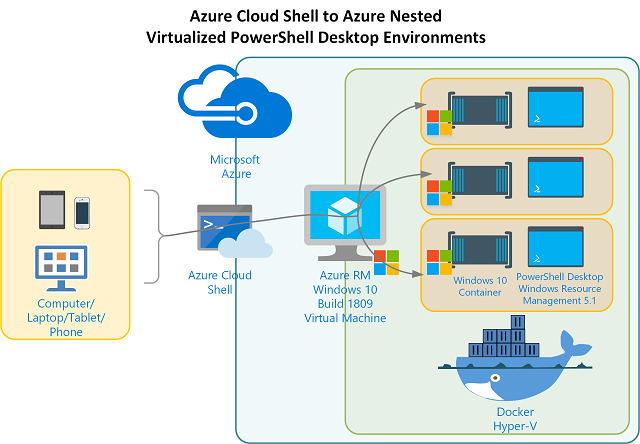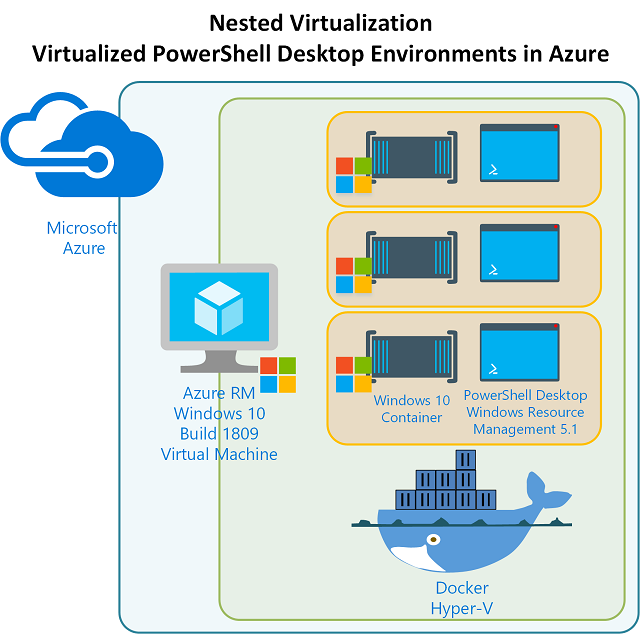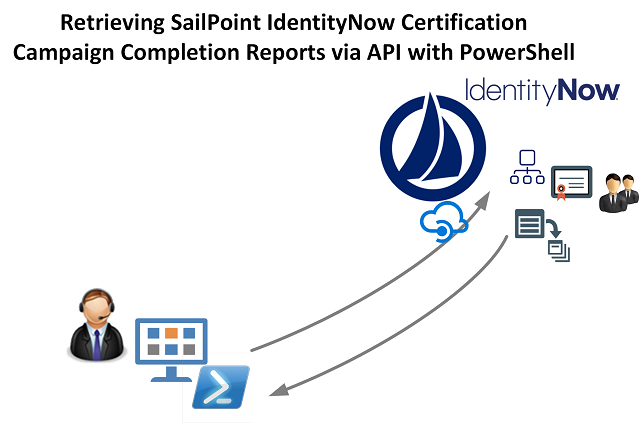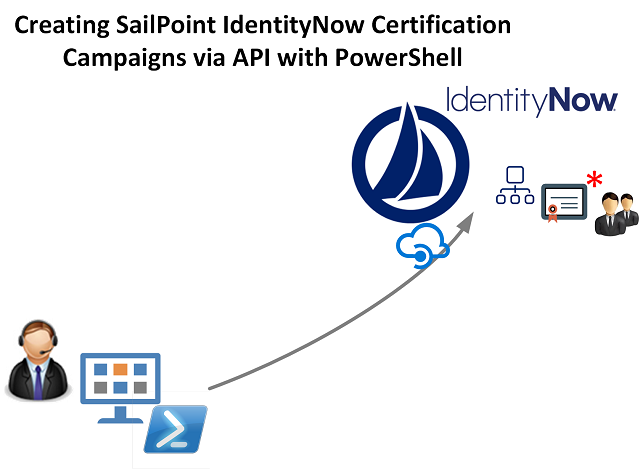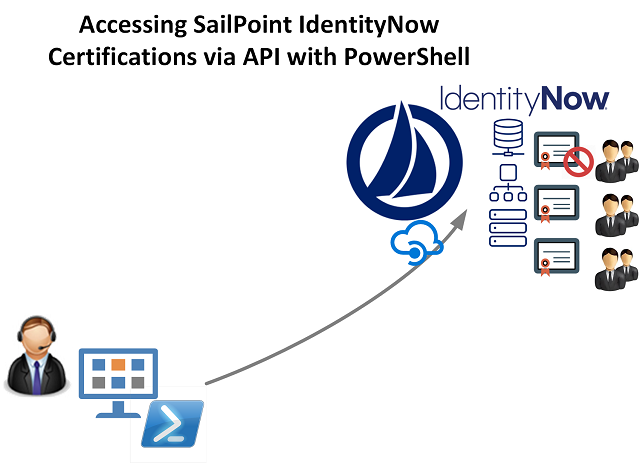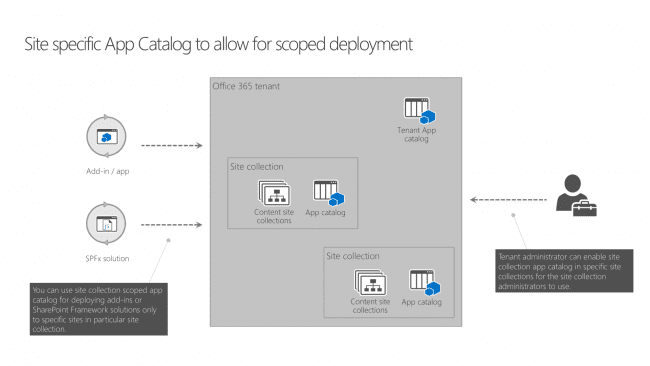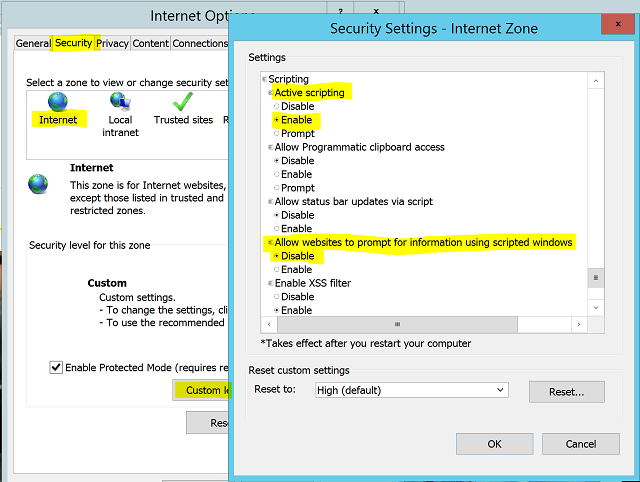
Using Invoke-WebRequest calls within a Granfeldt PowerShell MA for Microsoft Identity Manager
If you use PowerShell extensively you should be familiar with the Invoke-RestMethod cmdlet and the ability for PowerShell to call API’s and receive information. The great thing about Invoke-RestMethod is the inbuilt conversion of the results to PowerShell Objects. However there are times when you need the raw response (probably because you are trying to bend things in directions they aren’t supposed to be; story of many of my integrations).
From within Granfeldt PowerShell Management Agent script(s) that use Invoke-WebRequest calls, these will in turn leverage the Internet Explorer COM API on the local machine.… [Keep reading] “Using Invoke-WebRequest calls within a Granfeldt PowerShell MA for Microsoft Identity Manager”

